Molly C Simonis 1,2 Rebecca A Crow,2 and Megan A Rúa1
1 Department of Biological Sciences, Wright State University, Dayton, Ohio, USA
2 Brukner Nature Center Troy, Ohio, USA
ABSTRACT: Temperate, cave-dwelling bat populations in eastern North America are facing drastic declines due to the emergent disease called White-Nose Syndrome (WNS). In Ohio, USA, wildlife rehabilitators may accept native bats during the winter months when bats are typically hibernating. During the winter months, this deadly fungal infection is the most damaging to individual hibernating, temperate bats’ physical and physiological condition, because the bats are more vulnerable to disease while their immune response is low during hibernation. Here, we provide observations and methods for successful care and release of overwintering bats with WNS. In the winter of 2016, we administered simple topical treatments and visually investigated patterns during the care of nine Eptesicus fuscus, assumed to be infected with Pseudogymnoascus destructans through visual confirmation of orange-yellow fluorescence under ultraviolet light and fungal culture. We developed systematic methods for infected-bat husbandry that led to the successful release of seven of the nine big brown bats treated.
KEYWORDS: bats, Eptesicus fuscus, Pseudogymnoascus destructans, WhiteNose Syndrome, wildlife disease, wildlife rehabilitation


Leave a Reply
You must be logged in to post a comment.